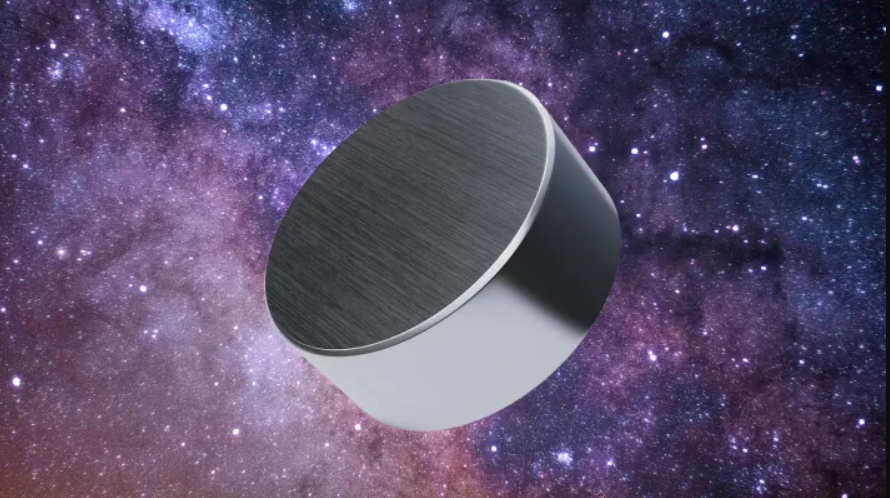Hey friends, gather ’round. Let me tell you something fascinating—how ordinary magnets may soon help astronauts breathe easier on the Moon or even Mars. Sounds wild? Trust me, it’s now a serious possibility, and here’s the story.
The Oxygen Problem in Space
Okay, first, let’s get a basic idea. On the International Space Station (ISS) — or any place in space — oxygen doesn’t magically float your way like it does on Earth. Astronauts use electrolysis to split water into oxygen and hydrogen using electricity. On Earth, bubbles rise up and escape easily. But in space? There’s no “up”—zero gravity means bubbles just stick to the electrodes, blocking the system and making it inefficient. So far, we’ve relied on heavy centrifuges to spin and separate those bubbles. Big, power-hungry, not ideal for long missions. Spaceae.gatech.edu
Enter Magnetic Magic
Here’s where the cool science comes in. A team led by Alvaro Romero-Calvo at Georgia Tech, with partners from ZARM (Germany) and University of Warwick, had a light-bulb moment. They asked: why not use magnets to help these bubbles detach instead of heavy centrifuges? It turns out, two clever magnetic effects do the trick.
- Diamagnetism – Water is slightly repelled by strong magnetic fields. In microgravity, a magnet near the electrode can push the water away, nudging the gas bubbles away too.
- Magnetohydrodynamic (MHD) forces – When electric currents from electrolysis meet a magnetic field, they create a swirling flow. This swirling liquid helps carry bubbles away—almost like a mini cyclone helping things separate. Universe TodayChemical & Engineering News
Real Tests in Microgravity
You might ask, “Has this been tested in space yet?” Sort of—scientists used a drop tower in Bremen that drops experimental setups from 146 meters to simulate microgravity for about 9 seconds. In those few seconds, experiments with plain neodymium magnets showed bubbles being efficiently pulled away from electrodes—240% improvement in bubble detachment! That’s a big number. Universe TodaySpace
The clever part: this system is completely passive, requires no additional power, and has no moving parts. Just magnets, electrolysis, and physics. So lighter and simpler than traditional systems. Universität Bremen
Why This Is a Game Changer
For missions to the Moon, Mars, or beyond, every kilogram matters. Life support systems today make up a huge chunk of the weight and energy requirements. A magnet-based system could cut down on that, making spacecraft lighter and more reliable. No mechanical moving parts means fewer breakdowns and less maintenance.ae.gatech.eduUniversität Bremen
Bonus—this technology could be tested in suborbital rockets or even on the Moon’s surface in the near future. NASA, ESA, and DLR are already backing follow-up studies. Universität Bremen
A Quick Chat with Some Science Friends
You know, when I first heard this, it reminded me of watching soda bubbles stuck in a can in space—no floating up. One of the researchers compared it to that exact scenario. It clicked for me then—nature’s absence of buoyancy makes even simple things complicated in space. Teen Vogue
Now, imagine using a magnet like a little broom, gently guiding bubbles where they belong. That’s the kinda simple brilliance I love about science—it feels like a daily logic turned cosmic.
Wrapping It Up
Let’s sum up in simple bullet points:
- 🚀 Problem: In space, oxygen bubbles stick to electrodes due to microgravity.
- 💡 Traditional fix: Centrifuges—solid but heavy and energy-intensive.
- 🧲 New fix: Magnets! Using diamagnetism and MHD, magnets help detach bubbles naturally.
- 🥽 Testing: Drop tower experiments showed a 240% boost in bubble separation.
- 🌌 Why it matters: Lighter, simpler life support systems for future deep-space missions.
- 👩🔬 Coming soon: Tests in orbit or moon surface environments, backed by global space agencies.
Final Thought
Friends, when you see magnets—on your fridge or in your tech—remember they’re powerful. We’re not talking just refrigerator doors. We’re talking about turning them into life-saving tools millions of miles from Earth. And yes, it’s happening right now.
Space science is full of such unexpected solutions. It shows us that when creativity meets curiosity, even magnets can take us to new worlds—literally.
Let me know if you’d like me to explain the behind-the-scenes experiments or how electrolysis works in more detail. We can make a whole series on “Tech that Could Take Us to Mars”!
I’m Srini – a tech junkie who loves exploring the latest in gadgets, apps, and science. I enjoy sharing my thoughts on tech news and discoveries in a simple, friendly way. For me, technology is not just about updates, it’s about how it connects to our daily lives. Through this blog, I want to make tech fun and easy to understand for everyone.
